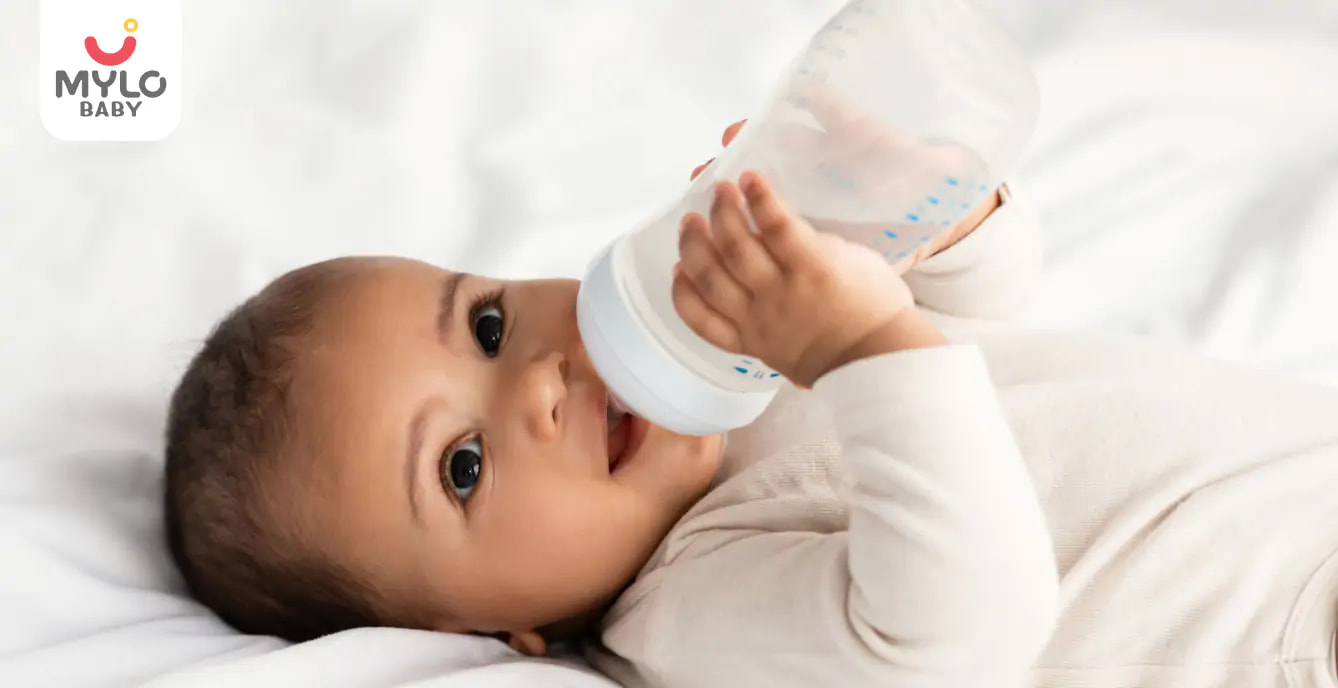- Home

- The Ultimate Guide to Choosing the Right Feeding Bottle for Your Baby
In this Article
The Ultimate Guide to Choosing the Right Feeding Bottle for Your Baby
Updated on 16 February 2024
Feeding bottles are a staple for parents with newborns. It's essential to choose the right one that suits your baby's needs, comfort, and safety. The wrong bottle can result in colic, gas, and discomfort, leading to feeding difficulties and sleep disturbances. Correctly choosing a feeding bottle can help prevent these problems and ensure that your baby is well-fed, comfortable, and healthy.
This guide provides valuable insights into the different types of feeding bottles, nipple types, factors to consider, best feeding bottles for breastfed babies and common mistakes to avoid.
Types of Feeding Bottles
Here are some of the most common types of baby bottles available in the market:
1. Glass Bottles
Glass bottles are a popular choice for parents due to their durability, ease of cleaning, and ability to withstand high temperatures. They are also eco-friendly and do not contain any harmful chemicals such as BPA or phthalates. But they are heavier than other materials, making them less portable and more prone to breakage.
2. Plastic Bottles
Plastic bottles are lightweight, shatterproof, and come in a variety of colors and designs. They are easy to clean and do not break, making them ideal for travel. However, plastic bottles may contain harmful chemicals, such as BPA or phthalates, which can be harmful to your baby's health.
You may also like: How to Bottle-Feed Your Baby
3. Silicone Bottles
Silicone bottles are a newer option on the market and are gaining popularity due to their durability, lightweight, and ease of cleaning. They are also free from harmful chemicals and are safe for babies to use. However, they can be more expensive than other materials, and the nipple may not be as soft as other options.
4. BPA-Free Bottles
BPA-free feeding bottles are made without harmful chemicals like BPA, offering a safer alternative for parents. Switching to BPA-free feeding bottles can provide parents with peace of mind, knowing that they are providing their child with a safer feeding option.
Nipple Types
Baby bottles come with the following types of nipples:
1. Standard Nipple
Standard nipples are the most common type of nipple found on feeding bottles. They are usually made of silicone, latex, or rubber and come in different shapes and sizes.
2. Wide Nipple
Wide nipples are designed to mimic the shape of a mother's breast and are suitable for breastfed babies. They have a wider base and are softer than standard nipples, making it easier for babies to latch on.
3. Angled Nipple
Angled nipples are designed to prevent air intake and reduce the risk of colic. They are angled to allow milk to flow towards the baby's mouth without air bubbles, which can cause discomfort.
4. Vented Nipple
Vented nipples have a small hole that allows air to flow through, reducing the amount of air your baby ingests during feeding. They are designed to reduce colic, gas, and reflux.
You may also like: Feeding Bottles 101: The Ultimate Guide to Proper Cleaning, Sterilizing, and Storage Techniques
Factors to Consider When Choosing a Feeding Bottle
Here are some important points you must keep in mind while choosing a bottle for your baby:
1. Age of Your Baby
The age of your baby will determine the size and shape of the feeding bottle you need. Newborns will need a smaller bottle with a slower flow nipple, while older babies will require a larger bottle with a faster flow nipple.
2. Material of the Bottle
The material of the bottle can affect the weight, durability, and safety of the bottle. Consider your lifestyle and what materials will suit your needs.
3. Nipple Flow
The nipple flow determines how quickly the milk flows out of the bottle. A slow flow nipple is best for newborns, while a faster flow nipple is suitable for older babies.
4. Ease of Cleaning
Feeding bottles need to be cleaned and sterilized after each use. Consider the ease of cleaning and sterilization when choosing a feeding bottle.
Best Feeding Bottles for Breastfed Babies
Breastfed babies may have difficulty transitioning to feeding bottles. It's essential to choose a bottle that mimics the shape, flow, and texture of a mother's breast.
Mylo Feels Natural Baby Bottle is BPA-free and comes with an anti-colic liquid silicone nipple that mimic real nipple like function. What makes it all the more special is that the tiny air vents on the rim of the Anti-colic nipple permit air to flow into the bottle, preventing it from going into the infant’s tummy, minimizing colic, uneasiness, and hiccups.
Common Mistakes to Avoid When Using Feeding Bottles
Here are some mistakes you should avoid while using baby bottles:
- Not sterilizing the bottle after each can lead to the growth of harmful bacteria.
- Overheating the milk can cause burns and can destroy the nutrients in the milk.
- Using the wrong flow nipple can cause feeding difficulties and discomfort for your baby.
Conclusion
Choosing the right feeding bottle for your baby is essential to their health, comfort, and development. Consider the type of bottle, nipple type, age of your baby, and ease of cleaning when selecting a feeding bottle. The best feeding bottles for breastfed babies are those that mimic the shape, flow, and texture of a mother's breast.


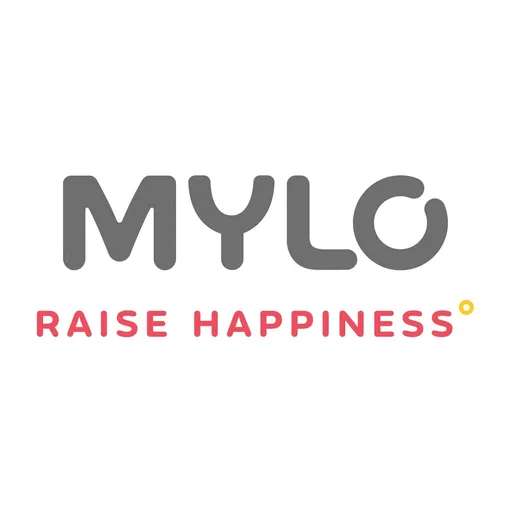
Written by
Ravish Goyal
Official account of Mylo Editor
Read MoreGet baby's diet chart, and growth tips

Related Articles
How Respiratory Syncytial Virus (RSV) Impacts Premature Babies Differently: What Every Parent Needs To Know
Adverbs: A Comprehensive Guide to help small children learn the usage of adverbs
Expand Your Child's Vocabulary with words that start with X: Easy, Positive, and Engaging Words, Animals, Countries, and Fruits
Unlocking Language Proficiency: The Ultimate Guide to Top 100 Sight Words for Kindergarten and Beyond
Related Questions
Hello frnds..still no pain...doctor said head fix nhi hua hai..bt vagina me pain hai aur back pain bhi... anyone having same issues??

Kon kon c chije aisi hai jo pregnancy mei gas acidity jalan karti hain... Koi btayega plz bcz mujhe aksar khane ke baad hi samagh aata hai ki is chij se gas acidity jalan ho gyi hai. Please share your knowledge

I am 13 week pregnancy. Anyone having Storione-xt tablet. It better to have morning or night ???

Hlo to be moms....i hv a query...in my 9.5 wk i feel body joint pain like in ankle, knee, wrist, shoulder, toes....pain intensity is high...i cnt sleep....what should i do pls help....cn i cosult my doc.

Influenza and boostrix injection kisiko laga hai kya 8 month pregnancy me and q lagta hai ye plz reply me

RECENTLY PUBLISHED ARTICLES
our most recent articles
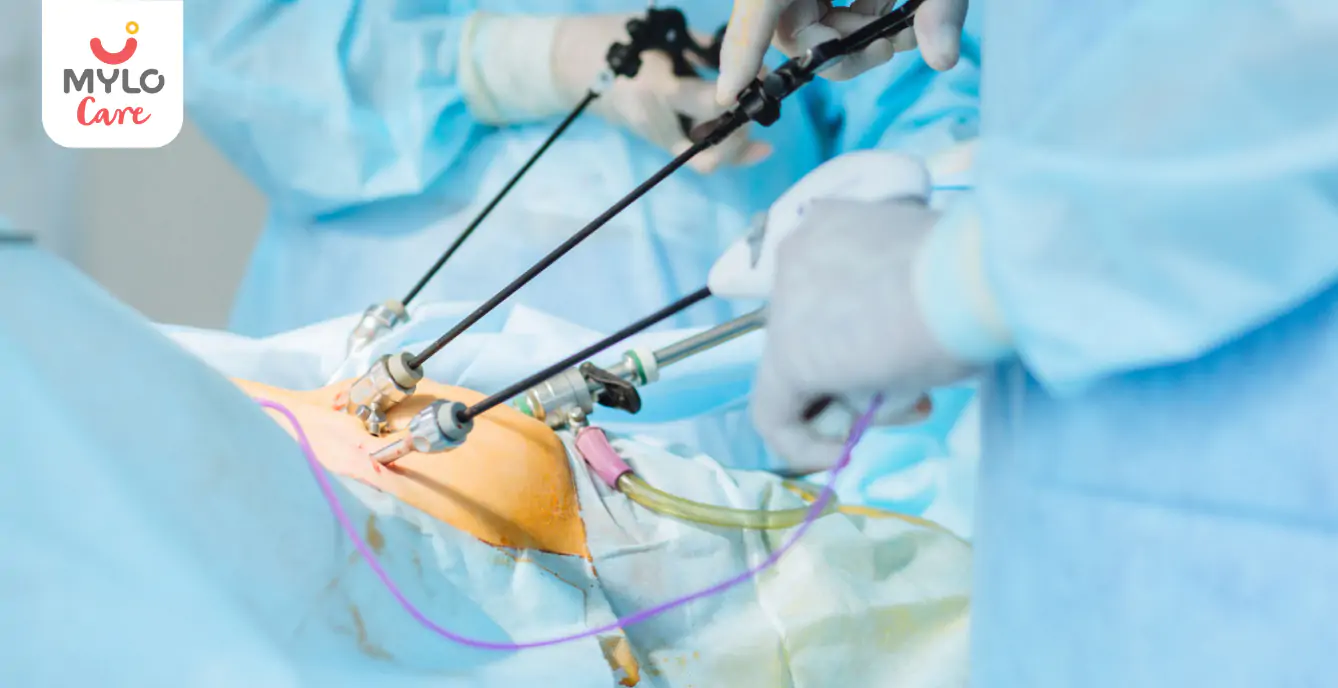
Medical Procedures
Laparoscopic Ovarian Drilling: A Safe and Effective Solution for PCOS-Related Infertility

Headaches
Headache During Pregnancy: The Ultimate Guide to Causes and Cures

Scans & Tests
Fetal Doppler Scan During Pregnancy: In which week should you get it done?
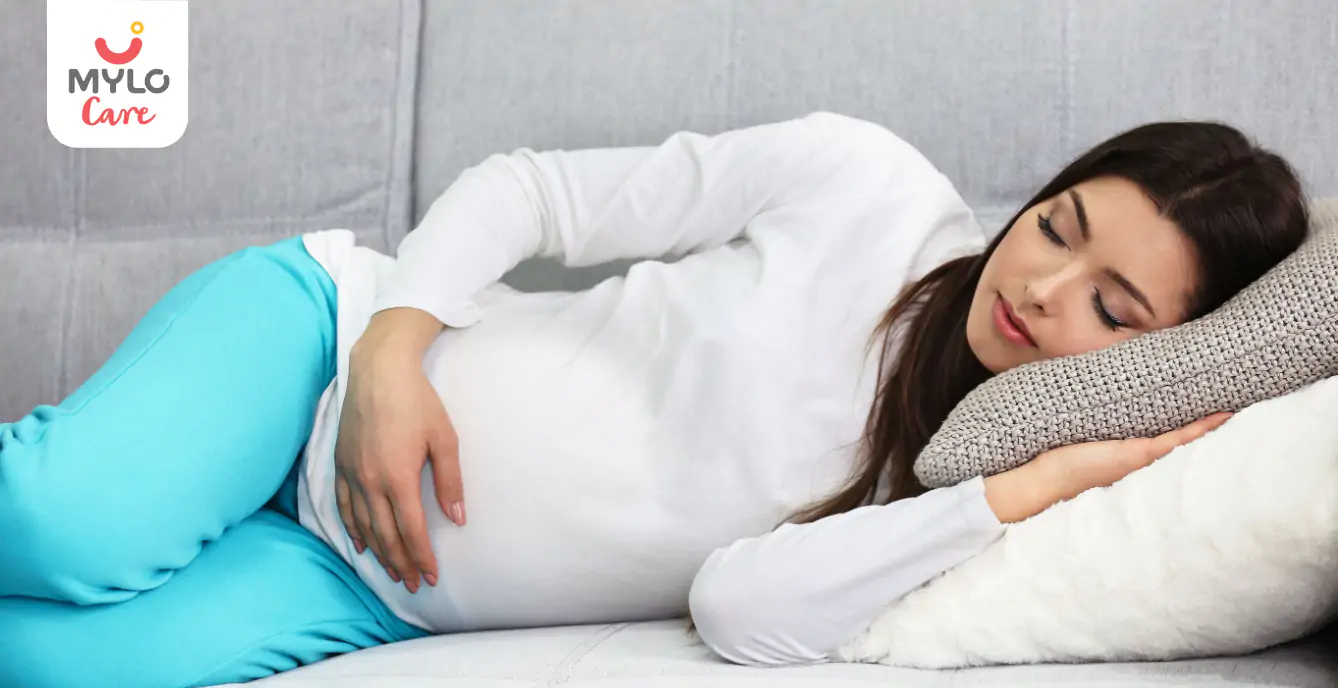
Sleep
How Long Should Naps Be While Pregnant?
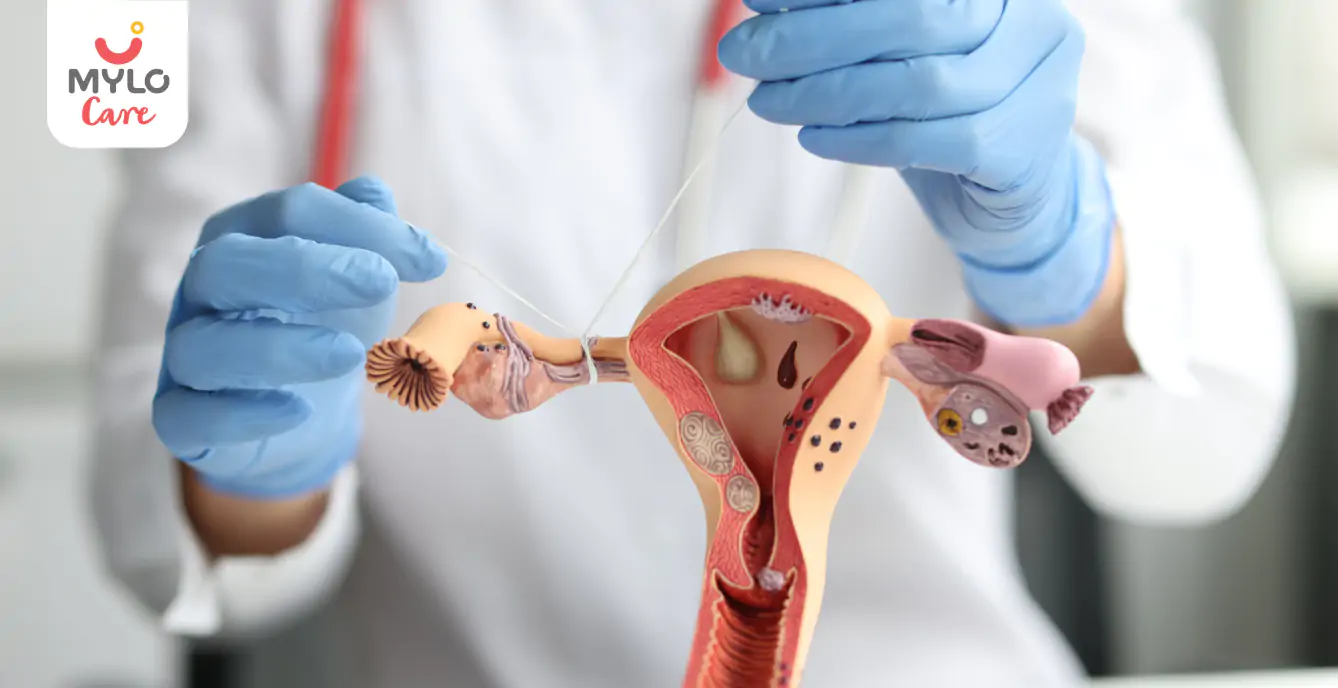
Fertility Problems
Blocked Fallopian Tubes: How They Affect Your Chances of Conceiving

How Do You Notify Your Employer That You Are Pregnant?
- The Ultimate Guide to Consuming Tapioca During Pregnancy
- Braxton Hicks Contractions or Real Labor: How to Tell Them Apart?
- Top 10 Tips For The Third Trimester Of Your Pregnancy
- Maternity Leave 101: Rules, Benefits & Timings for Expectant Working Women
- The A-Z Guide to Identifying Summer Vegetables for Kids
- Christian Baby Girl Names That Stand the Test of Time
- The A-Z Guide on Purple Colour Fruits and Vegetables for Kids
- The A-Z Guide on Red Colour Fruits & Red Colour Vegetables for Kids
- The A-Z Guide on Yellow Fruits & Yellow Colour Vegetables for Kids
- Cervical Cancer: Causes, Symptoms & Prevention
- The A-Z Guide to Identifying Stem Vegetables for Kids
- Can Fetal Heartbeat Disappear and Reappear?
- The Ultimate Guide to Teaching Children 20 to 30 Tables
- GK Questions for Kids from Nursery to Class 6


AWARDS AND RECOGNITION
Mylo wins Forbes D2C Disruptor award
Mylo wins The Economic Times Promising Brands 2022
AS SEEN IN
















At Mylo, we help young parents raise happy and healthy families with our innovative new-age solutions:
- Mylo Care: Effective and science-backed personal care and wellness solutions for a joyful you.
- Mylo Baby: Science-backed, gentle and effective personal care & hygiene range for your little one.
- Mylo Community: Trusted and empathetic community of 10mn+ parents and experts.
Product Categories
baby carrier | baby soap | baby wipes | stretch marks cream | baby cream | baby shampoo | baby massage oil | baby hair oil | stretch marks oil | baby body wash | baby powder | baby lotion | diaper rash cream | newborn diapers | teether | baby kajal | baby diapers | cloth diapers |



